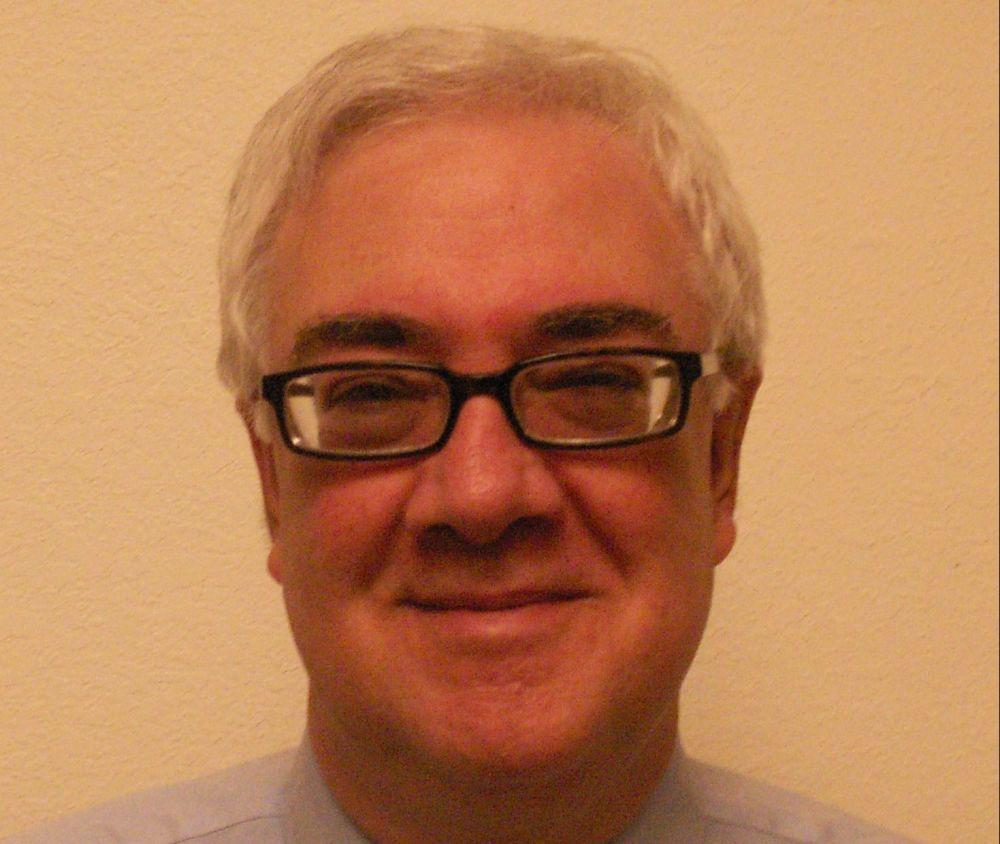El Dr. Joel Palefsky, de la Universidad de California de San Francisco, será uno de los ponentes de la sesión plenaria del lunes 28 de noviembre en el XIII Congreso Nacional GeSIDA, en la que profundizará en la prevención del cáncer anal. En esta entrevista nos avanza algunas claves de su intervención:
What are the best strategies currently available for the prevention of anal cancer in people living with HIV?
The best strategies include primary prevention- vaccination against human papillomavirus (HPV) to prevent acquisition of HPV, the infectious agent that causes anal cancer, and secondary prevention for those who are over the age of HPV vaccination or who do not have access to the vaccine. Secondary prevention means looking for and treating anal high-grade squamous intraepithelial lesion (HSIL), the anal cancer precursor, before it progresses to anal cancer. We recently published the results of a randomized controlled trial that shoed for the first time that treatment of anal HSIL reduces the risk of progression to cancer compared with no treatment. Based on ANCHOR study results we expect screening for and treatment of anal HSIL to become standard of care among people living with HIV.
What are the main challenges that still need to be completed in order to achieve better prevention of this type of tumor?
The main challenges are : 1) making sure that everyone who is eligible for HPV vaccination actually get the vaccine; 2) optimizing screening algorithms to determine who should be referred for high resolution anoscopy (HRA), the technique used to guide diagnosis of HSIL; 3) increasing the number of people trained to perform HRA; 4) improving current treatments for HSIL; and 5) finding biomarkers of progression from HSIL to cancer or spontaneous regression of HSIL to normal
What are the advances do you predict we will see in this área in the coming years?
Using specimens collected the ANCHOR study, as well as other studies currently in progress, we expect to obtain much more data to guide clinicians on which tests to use and in which sequence to decide who among their patients should be referred for HRA. We expect to use these samples to identify biomarkers or progression or regression to determine which patients are most in need of our attention, a critical piece of information given the limited number of people currently trained to perform HRA. We expect to be working with health authorities in different countries to establish guidelines for screening for anal HSIL, and we expect to develop therapies that will be even more effective than current options in treating HSIL and preventing progression of HSIL to cancer.
